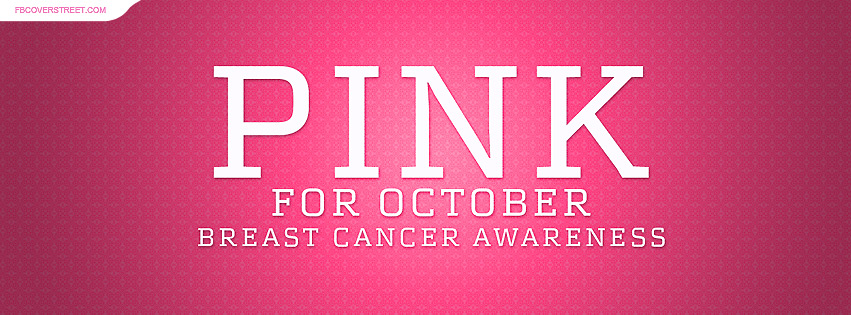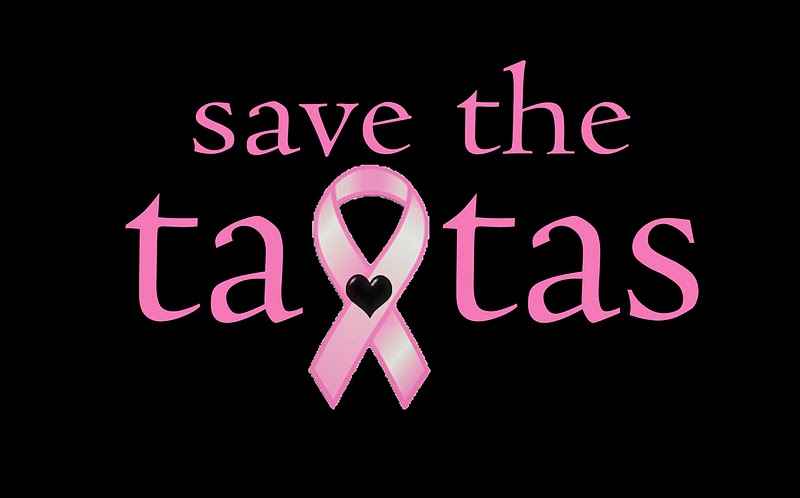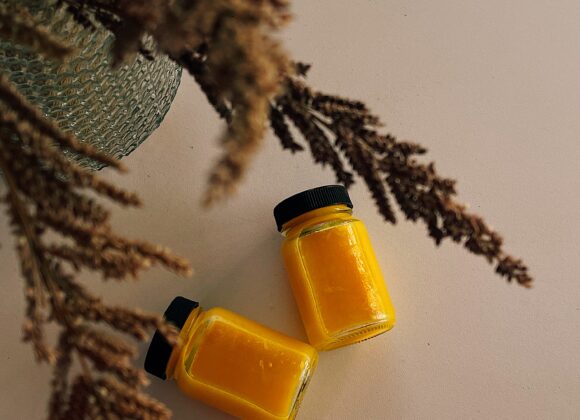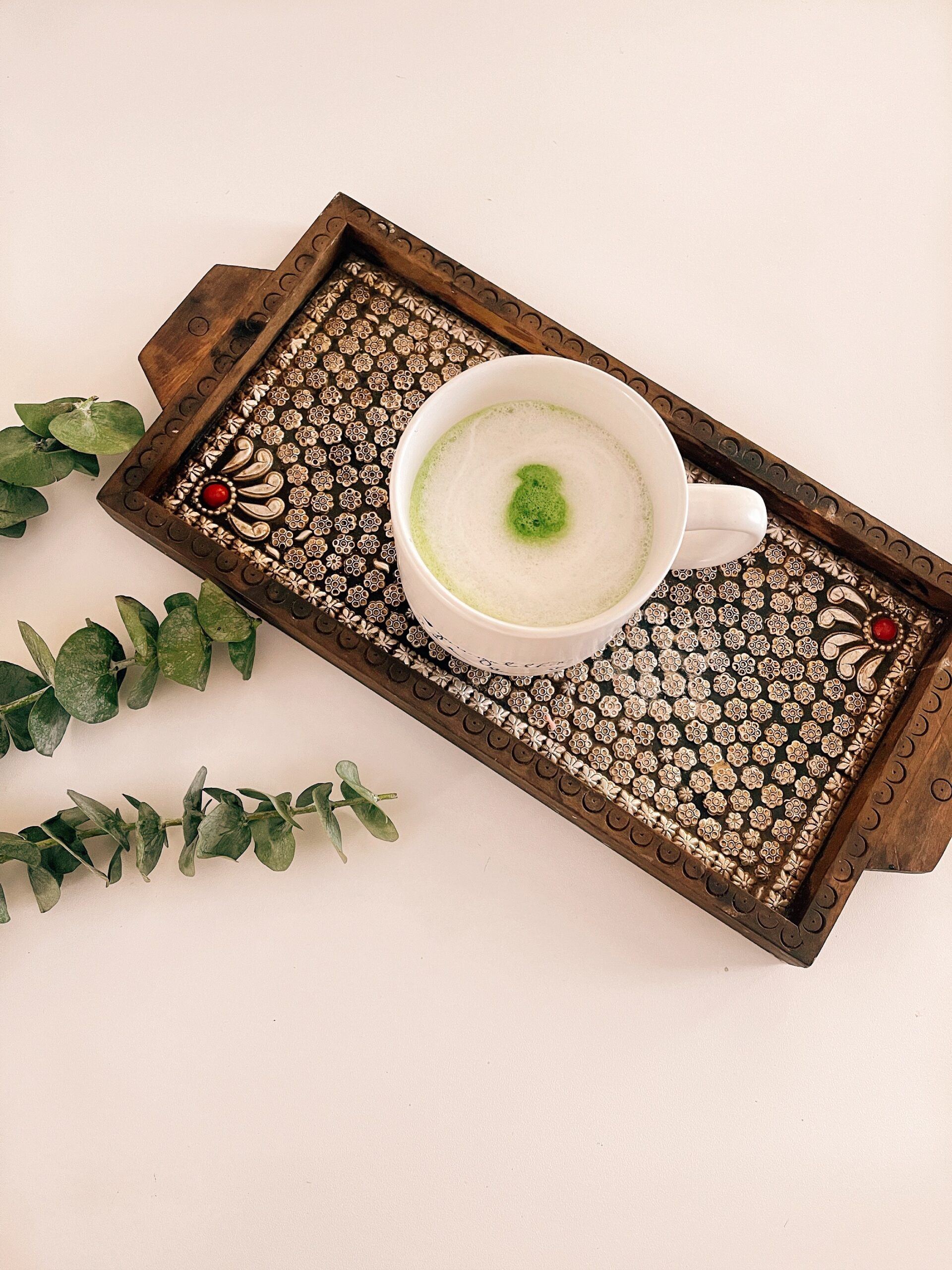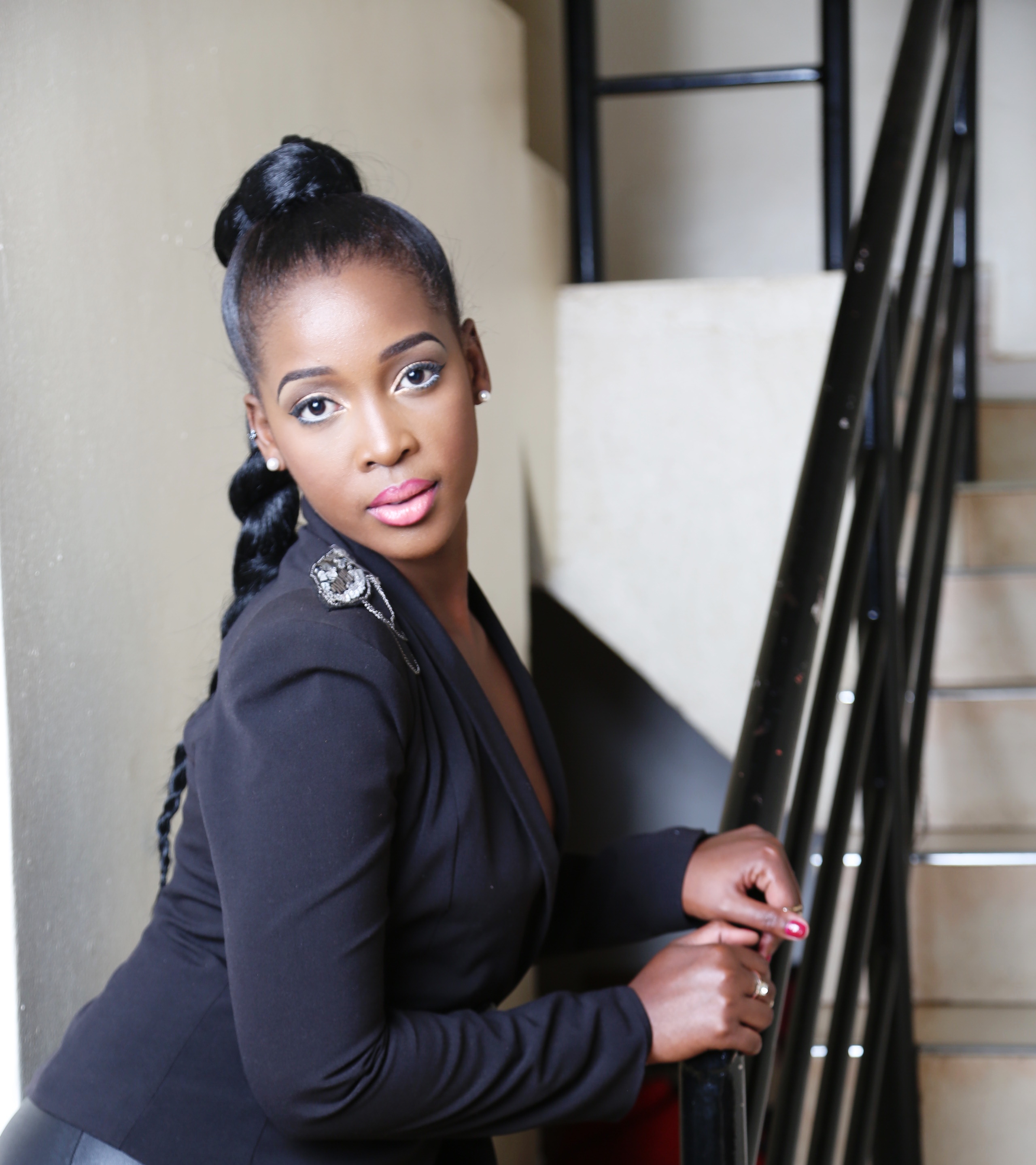I know this is out of my usual norm on the blog but as woman (or should i say lady?) this is something that touches my heart dearly and i felt the need to share something with you guys. As we all know or now know October is the Breast Cancer Awareness Month, which is an annual campaign to increase awareness of the disease. While most people are aware of breast cancer, many forget to take the steps to have a plan to detect the disease in its early stages and encourage others to do the same. We have made a lot of progress but still have a long way to go and need help as women.
Breast cancer is the most common cancer in women worldwide. It is estimated that more than 1.7 million new cases of breast cancer occurred among women worldwide in 2012 (most recent data available). Breast cancer incidence rates around the world vary a great deal. In general, developed countries (such as the U.S., England and Australia) have higher rates than developing countries (such as Cambodia, Nepal and Rwanda).
I won’t say that i have had someone close go through this and get diagnosed with breast cancer, No. But i definitely didn’t need to know someone who has gone through this for me to be highly concerned. I have followed a couple of stories (online) of people battling breast cancer but one lady stood out as she is a mother to a dear friend of mine. This lady is such an inspiration, most people find it hard to share much during such trying times and you can’t don’t blame them – Anne Kiyimba got the call about her diagnosis a day before her birthday in 2013 and the cancer was at stage 3 which had spread to the lymph nodes. How much can one take? But this didn’t stop her from sharing this painful journey with the world on Facebook. She was recently featured in the Monitor Newspaper, for those who haven’t read her story, you can check it out here.
The warning signs of breast cancer are not the same for all women. The most common signs are a change in the look or feel of the breast, a change in the look or feel of the nipple and nipple discharge. Due to the use of regular mammography screening, breast cancer can be diagnosed early, and we know or have heard the chances of survival are higher once the cancer is diagnosed early. We are urged to make it a point as women to do annual breast cancer tests especially the women in their forties and above.
Here are five steps for a self breast exam. You can do these yourself to detect anything unusual happenings with your breasts. Once you keep doing this regularly, you will be able to easily notice any strange changes.
Step 1
Begin by looking at your breasts in the mirror with your shoulders straight and your arms on your hips.Here’s what you should look for:
- Breasts that are their usual size, shape, and color
- Breasts that are evenly shaped without visible distortion or swelling.
If you see any of the following changes, bring them to your doctor’s attention:
- Dimpling, puckering, or bulging of the skin.
- A nipple that has changed position or an inverted nipple (pushed inward instead of sticking out)
- Redness, soreness, rash, or swelling
Step 2:
Now, raise your arms and look for the same changes.
Step 3:
While you’re at the mirror, look for any signs of fluid coming out of one or both nipples (this could be a watery, milky, or yellow fluid or blood).
Step 4:
Next, feel your breasts while lying down, using your right hand to feel your left breast and then your left hand to feel your right breast. Use a firm, smooth touch with the first few finger pads of your hand, keeping the fingers flat and together. Use a circular motion, about the size of a quarter. Cover the entire breast from top to bottom, side to side — from your collarbone to the top of your abdomen, and from your armpit to your cleavage.
Follow a pattern to be sure that you cover the whole breast. You can begin at the nipple, moving in larger and larger circles until you reach the outer edge of the breast. You can also move your fingers up and down vertically, in rows, as if you were mowing a lawn. This up-and-down approach seems to work best for most women. Be sure to feel all the tissue from the front to the back of your breasts: for the skin and tissue just beneath, use light pressure; use medium pressure for tissue in the middle of your breasts; use firm pressure for the deep tissue in the back. When you’ve reached the deep tissue, you should be able to feel down to your rib cage.
Step 5:
Finally, feel your breasts while you are standing or sitting. Many women find that the easiest way to feel their breasts is when their skin is wet and slippery, so they like to do this step in the shower. Cover your entire breast, using the same hand movements described in step 4.
Read more about breast cancer Here.
Sharing Is Caring Loves. Share this information and you might just save some TaTas.
To an amazing weekend.
Happy Pinktober
XOXO
MayaBee

